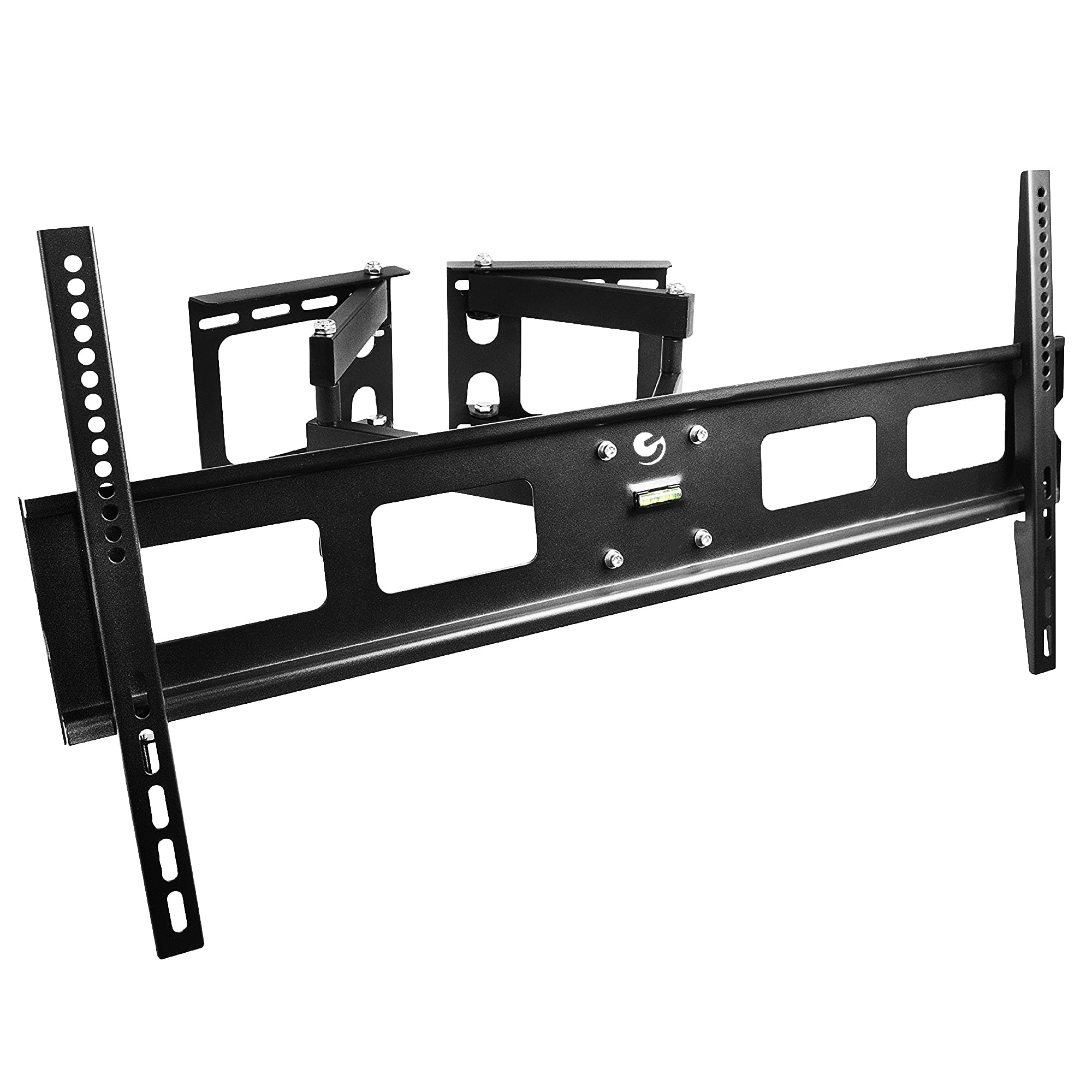

These emit ultraviolet light at colored spots of phosphor on the screen, which then glow to create the picture. Plasma HDTVs create images using phosphors, tiny plasma containers placed between two sheets of glass. These should not be confused with actual LED or OLED TVs. Some of this light is blocked by vertical or horizontal liquid crystals, creating an image. LED HDTVs (properly known as LED-backlit LCD TVs) use light emitting diodes (LEDs) as a backlight for the LCD. Plasma TVs have more glare than LCD TVs in brightly lit environments due to their thick front glass's internal reflections Plasma TVs generally dissipate more heat than LCD TVsĪntireflectively coated (matte finished) LCD TVs have less glare than glossy LCD TVs. High altitudes (above 6500 ft) can affect the performance of plasma TV displays because the gas held inside each pixel is stressed, and has to work harder to perform.ĭynamically lit LCD TVs dissipate less heat compared to plasma TVs, LED-lit LCD TVs dissipate less heat than even other LCD TVs. Low temperatures (below 50°f) can cause contrast to decrease Plasma TVs handle rapid movements in video about as well as old CRT TVs. Less for dynamically backlit LCD TVs, about as much for statically backlit ones.Ħ0-240 Hz, but LCD response times create blur and ghosting which limits true refresh rates to 20-100 Hz. Plasma TVs produce darker blacks and somewhat dimmer whites, but most TVs are not set bright enough to hurt contrast ratios. Locally-dimmable LED backlit LCD TVs can mitigate this to improve contrast ratios.īetter than LCD TVs. All LCDs produce brighter whites, but brighter blacks as well.

Plasma TVs look the same from almost any angleĬontrast Ratio (difference between the deepest black compared to the brightest white) The brightness and color on LCD TVs shift noticeably over the screen and depending on viewing angle $100 (small size and very low end) - $25,000 Modern plasma displays receive high Energy Star (US) ratings.īurn-in is rare on newer plasma TVs with anti-burn-in features, but was somewhat common on old plasma TVs. LED-lit LCD TVs consume less power around 70% compared to plasma TVs.Ĭonsumes slightly more power than an LCD TV. LED edge backlit LCD TVs are thinner than CCFL LCD TVs.


 0 kommentar(er)
0 kommentar(er)
